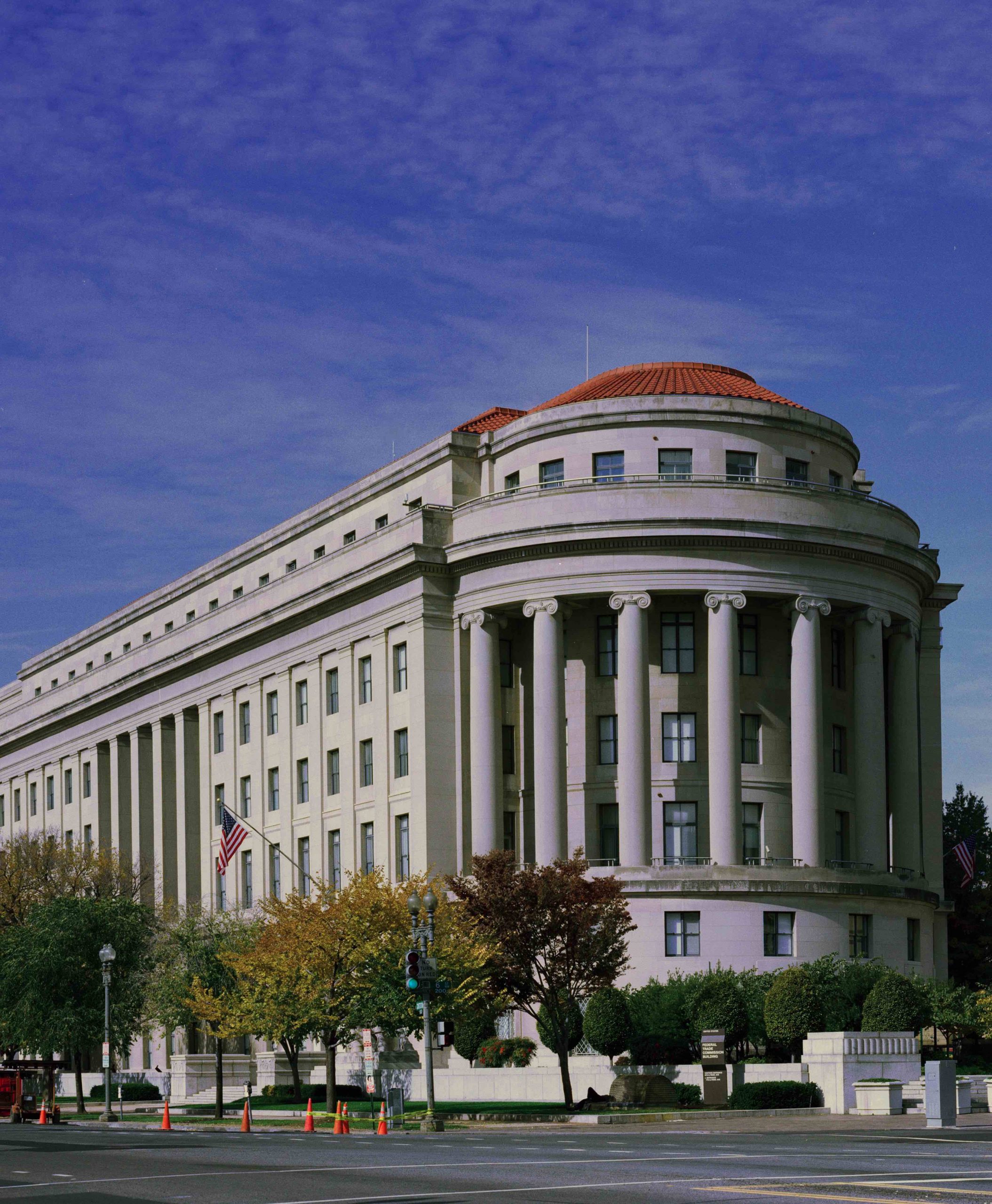Supreme Court permits Trump’s firing of FTC commissioner to remain in place


Chief Justice John Roberts on Monday cleared the way for President Donald Trump to fire, at least for now, a Democratic appointee to the Federal Trade Commission. A federal district judge in Washington, D.C., had ordered Trump to reinstate Rebecca Slaughter, who was originally nominated in 2018 by Trump to serve a seven-year term and then nominated to serve a second term by then-President Joe Biden. But Roberts granted the government’s request for an administrative stay – a temporary pause to give the justices time to consider the Trump administration’s plea to block the order by U.S. District Judge Loren AliKhan while litigation continues in the lower courts.
As is common with administrative stays, Roberts did not provide any explanation for his order. But the order suggests that a majority of the justices may be skeptical of the continued vitality of the Supreme Court’s 1935 decision in Humphrey’s Executor v. United States, upholding a federal law that only allows FTC commissioners to be removed for “inefficiency, neglect of duty, or malfeasance in office.”
The dispute began in March 2025, when both Slaughter and Alvaro Bedoya, who was also nominated by Biden, were notified, in an email on Trump’s behalf, that they had been removed from the FTC because their “continued service on the FTC is inconsistent with my Administration’s priorities.” The email did not indicate that they had been fired for any of the reasons that would give Trump cause to do so under federal law.
Slaughter and Bedoya went to federal court in Washington, D.C., where they argued that their removals violated federal law. In June, Bedoya formally resigned from the FTC, citing financial reasons: He was no longer receiving a salary from the government, but he could not obtain another job while serving on the commission. AliKhan later dismissed Bedoya’s claims as moot – that is, no longer a live controversy.
On July 17, AliKhan ordered the Trump administration to reinstate Slaughter, finding that “the law on the removal of FTC Commissioners is clear.” AliKhan acknowledged that the Supreme Court in May had allowed the government to fire members of the National Labor Relations Board and the Merit Systems Protection Board, pausing two lower-court rulings that had backed the board members. But “any suggestion that Humphrey’s Executor may not extend to other agencies cannot be read as an invitation to sidestep its application to the FTC,” AliKhan emphasized. “Even if the Supreme Court eventually chooses to overrule Humphrey’s Executor, it would be an act of judicial hubris for this court to do so prematurely,” she stated.
A divided panel of the U.S. Court of Appeals for the District of Columbia Circuit turned down the Trump administration’s request to pause AliKhan’s order while it appealed, as well as its plea to fast-track its appeal. Judges Patricia Millett and Nina Pillard wrote that the Trump administration “has no likelihood of success on appeal” – an important factor in deciding whether to grant temporary relief – “given controlling and directly on point Supreme Court precedent”: the court’s decision in Humphrey’s Executor. “And recent developments on the Supreme Court’s emergency docket,” they said, “do not permit this court to do the Supreme Court’s job of reconsidering that precedent.”
Judge Neomi Rao would have put AliKhan’s ruling on hold while the government appealed. She acknowledged the similarities between Slaughter’s case and Humphrey’s Executor, but she contended that the FTC “unquestionably exercises significant executive power, and the other equities favor the government. These grounds were sufficient to support the Supreme Court’s judgment that a stay was warranted” in the case of the NLRB and MSPB members fired by the president, and the same should be true here, Rao concluded.
The Trump administration came to the Supreme Court on Sept. 4, asking the justices to intervene and temporarily pause AliKhan’s order. Sauer argued that Slaughter’s case was “indistinguishable” from the NLRB and MSPB cases in which the court had paused district court rulings, clearing the way for the Trump administration to fire the board members. In Slaughter’s case, Sauer insisted, the D.C. Circuit majority had “applied an overly expansive reading of Humphrey’s Executor” that the Supreme Court has since “repudiated.”
Sauer also asked the justices to grant an administrative stay. Except for a few days, he argued, “the status quo for the last five and a half months” has had Slaughter out of office. If an administrative stay is in place, he suggested, it would “preserve the status quo” and “avoid the kind of disruption that reinstated officers have caused in previous cases.”
Slaughter opposed the request for an administrative stay. She emphasized that such relief would be inappropriate when “the court below simply ‘follow[ed] the case which directly controls’” – Humphrey’s Executor – “as it was required to do.” She added that because she is the “sole Democratic member on a Commission with a three-Republican majority,” reinstating her would not “result in any meaningful regulatory action opposed by the Commission majority.”
Three days after Slaughter filed her opposition to an administrative stay, Roberts granted the government’s request. He also instructed Slaughter to file her opposition to the government’s application for a stay by 4 p.m. on Monday, Sept. 15.
Posted in Court News, Emergency appeals and applications
Cases: Trump v. Slaughter (Independent Agencies), Trump v. Slaughter